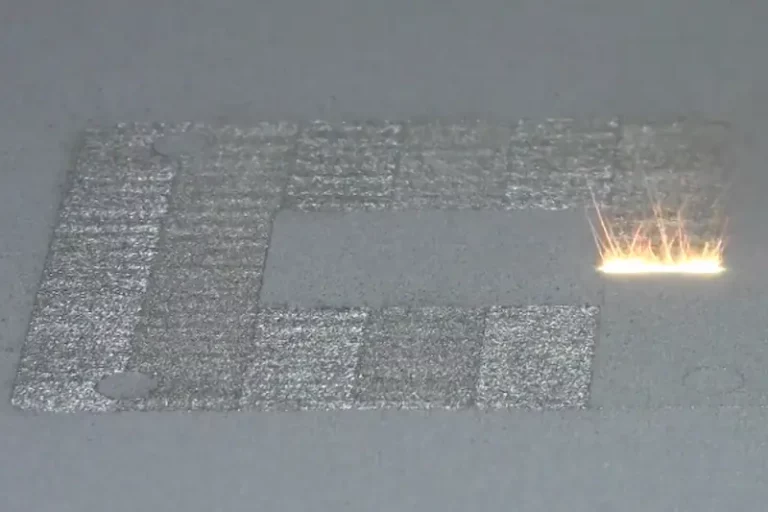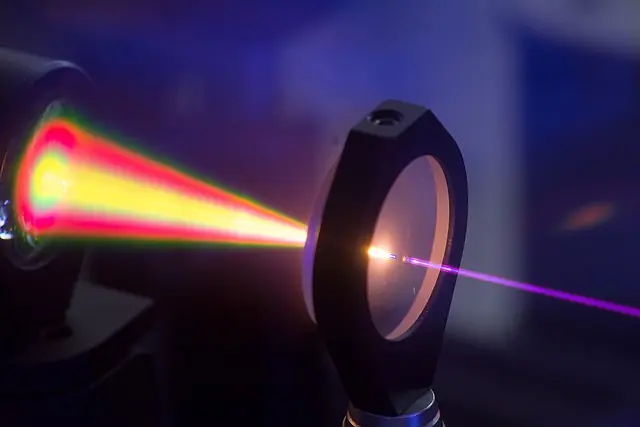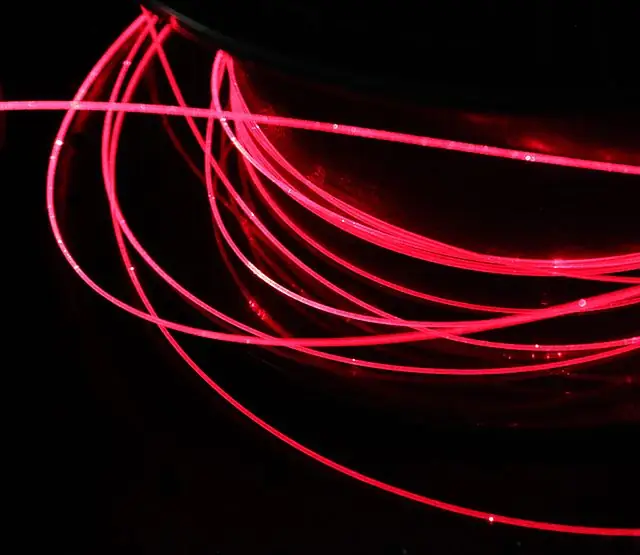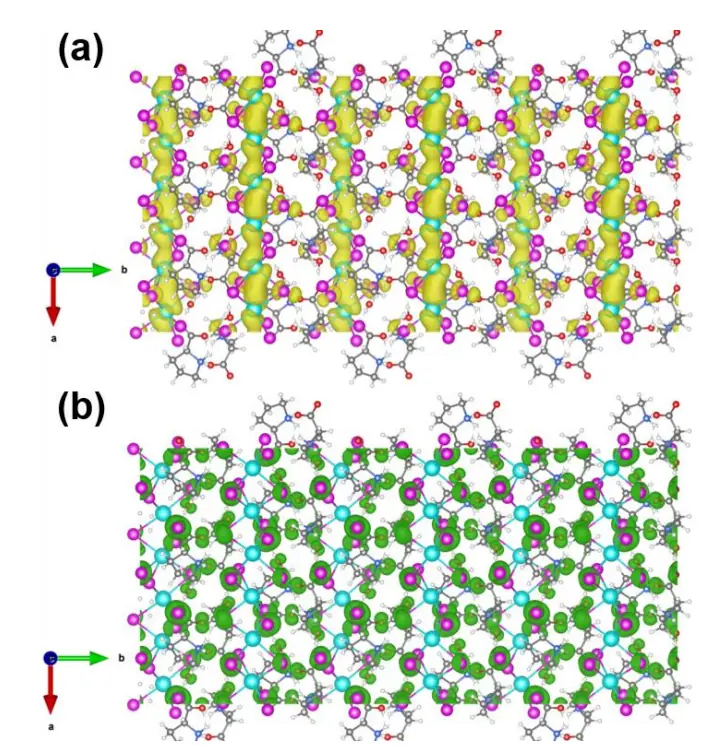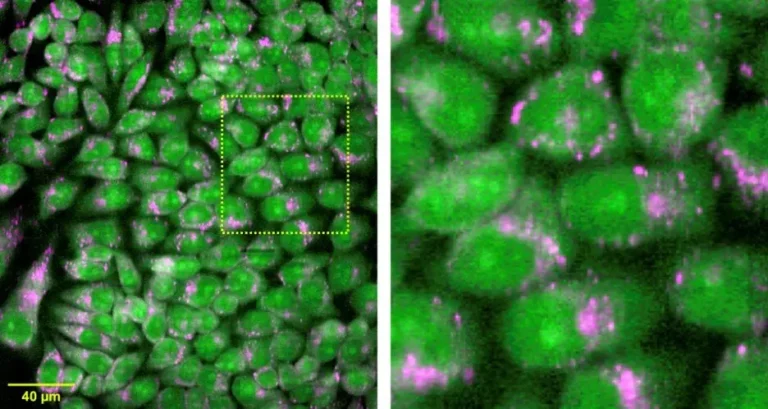Optical Fiber Communication (OFC) Conference to Showcase Next-Gen Ethernet with EA-DFB Laser
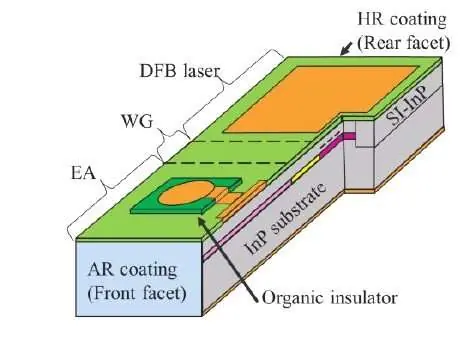
The field of Ethernet technology is continuously advancing to accommodate the growing demands of the increasing communication traffic. The need to handle unprecedented amounts of data has put the spotlight on the development of next-generation Ethernet technology, such as 800G and 1.6T Ethernet. These technologies aim to improve the data centers’ ability to manage the growing traffic.
Recently, a group of scientists from Japan has made a significant contribution to the advancement of Ethernet technology. They have developed a new type of Distributed Feedback (DFB) laser that can transmit data at speeds of 200 Gb/s over a record distance of 10 kilometers. This achievement could help advance network technology and allow data centers to handle vast amounts of data efficiently.
The new DFB laser is called the lumped electrode electro-absorption (EA) modulator DFB laser. The researchers developed this laser to achieve longer transmission distances, a crucial factor in interconnections between data center regions or campuses. The researchers first demonstrated the potential of the new laser by showing 5-km transmission of 225-Gb/s PAM4 (pulse amplitude modulation) using coarse wavelength division multiplexing (CWDM) wavelength band under 50°C operation. They also used the laser for 10-km transmission of 225-Gb/s PAM4 at 1293.5 nm. This wavelength exhibits less chromatic dispersion than the wavelength range assigned to CWDM. Chromatic dispersion can cause degradation in the optical signal and is more problematic for longer transmission distances.
The results of the experiments indicate that the new laser exhibits low transmitter and dispersion eye closure quaternary (TDECQ) values, indicating solid transmitter performance. The researchers suggest that the lumped electrode EA-DFB laser could be a promising light source for 800G Ethernet technology, including 10-km applications. It could also be useful for longer reach 5-km CWDM4 applications.
Kazuki Nishimura, an optical engineer in the Datacom Business Unit of Lumentum Japan, will present the new research at the Optical Fiber Communication Conference (OFC) taking place in March 2023 in San Diego, California, U.S. The research, according to Nishimura, contributes to the development of next-generation data centers for 800G and 1.6T Ethernet. In conclusion, the new laser developed by the Japanese scientists lays the groundwork for next-generation Ethernet technology and could help advance the data centers’ ability to handle vast amounts of data efficiently.

